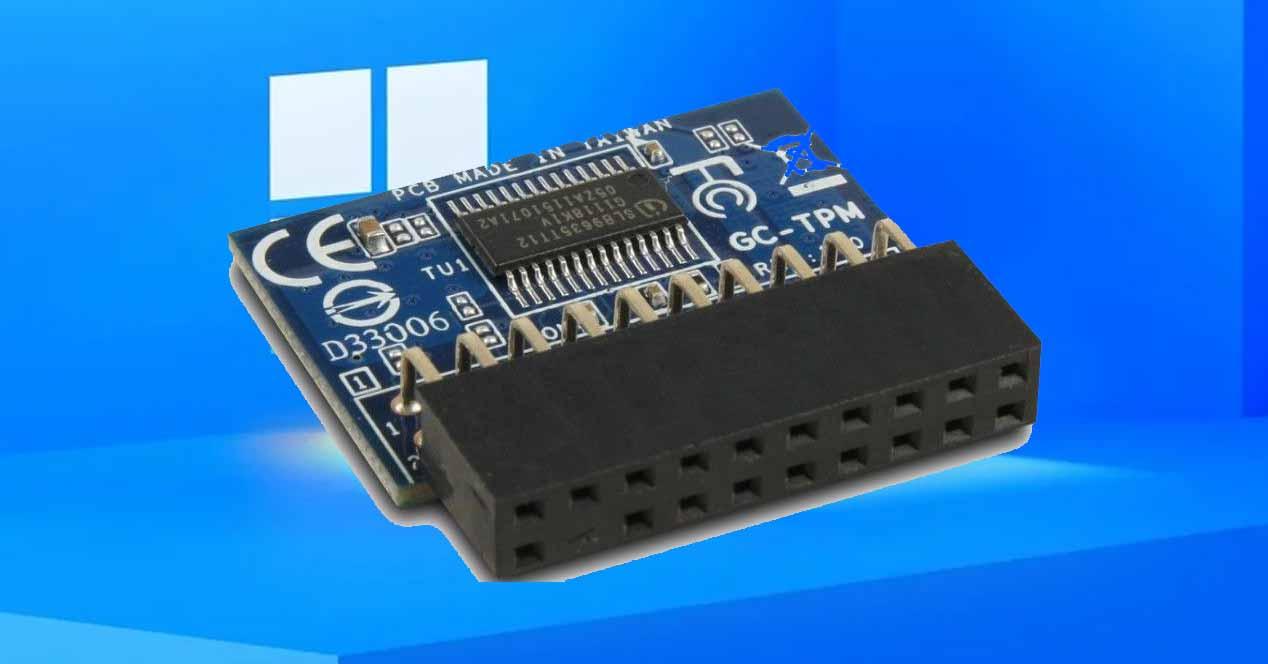

That ensures you aren’t loading into an OS that has malicious code. The first is that the TPM can verify the integrity of Windows before the operating system loads. This is a good step for a couple of reasons.

Windows takes control of the TPM while your computer is booting. The integration with Windows goes a lot deeper, though, which has caused some confusion with Windows 11. As mentioned, Windows 10 and Windows 11 use the TPM for BitLocker disk encryption and Windows Hello. It’s not hard understanding what a TPM does, but its application in Windows is a little messy. It’s a device that helps prove you are who you say you are, and that you’re accessing a computer you own. Because the device lives on your motherboard, it doesn’t need to communicate with any server or require further, offsite authentication. In short, a TPM helps you protect your most sensitive data. This certificate lives on the module and never changes, verifying that any component communicating with the TPM is, indeed, communicating with the TPM. That means software attacks can’t expose the secrets you have stored on the TPM.Ī dedicated TPM further raises security thanks to a static Endorsement Key (EK) certificate.

Furthermore, the TPM stores this information on actual hardware, not through software. It can store any part of a secret you need for decryption, regardless if that’s a password, certificate, or encryption key. That’s not the only purpose of a TPM, though. Windows 11 could be hurting your gaming performance If your PC is running slowly, the latest Windows 11 update may be to blame Your Windows 11 screenshots may not be as private as you thought


 0 kommentar(er)
0 kommentar(er)
